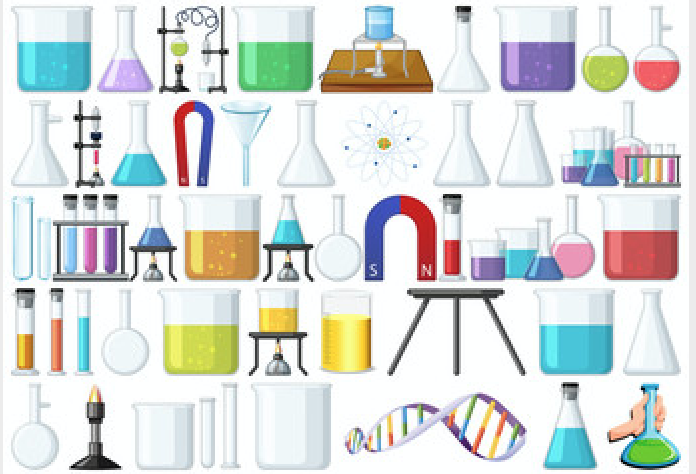RESEARCH & DEVELOPMENT
LATEST ESTA TEA REVIEW
Pu’erh Tea – Much more than just a Beverage by Dr. Saziye Ilgaz (January 2025)
JOIN ESTA’s RESEARCH AND DEVELOPMENT COMMITTEE
Dear ESTA member,
ESTA’s Research and Development Committee meets regularly to discuss innovations and trends in tea technology and science. Its members have written papers and articles on Water Quality for Tea Brewing, Tea & Health, Polyphenols, Caffeine, Theanine, GABA, Kombucha, Instant Tea, and Decaffeinated Tea. We have also collaborated on Kombucha with Aberystwyth University and Tea Authenticity Testing with Queens University, Belfast,
Members of ESTA represent a broad and deep pool of tea skills and experience. As part of ESTA’s growth strategy program for the next three years, we plan to expand our tea R&D Committee by welcoming additional team members. You may join just to talk tea technology and swap ideas at our monthly meetings or to actively participate in our R&D working groups using your tea science and technology expertise to strengthen ESTA’s innovational and educational role in the tea industry.
Examples of current working group headings are: Tea & Health, Water & Tea Quality, Industry Collaboration, and Information Dissemination. We welcome you to join any of these working groups or to help us form a new group to reflect your specific R&D interests.
To join, or for further information, please contact:
Bernadine Tay: bernadine@qfineteas.co.uk, or
Nigel Melican: nigel@teacraft.com
RESEARCH AND DEVELOPMENT – THE WAY FORWARD FOR PREMIUM, QUALITY, SPECIALITY TEA
Since our inception research has been right at the heart of our mission, and we are now sufficiently established, recognised and respected to turn our attention and resources to this very important area.
We now have an active Research and Development Committee, chaired by our President Nigel Melican and supported by Founding Director Bernadine Tay, and whilst we will be looking at a range of issues, to ensure that we don’t become unfocussed and therefore scatter our attention too wide we have taken to initially concentrate on four key areas, tea and health, research and development news and trends, collaborations and water quality. Each of these subjects has been allocated a sub-committee led by a committee member, as follows:
TEA AND HEALTH led by Dr. Saziye Ilgaz from Turkey
R&D NEWS AND TRENDS led by Nipun Wisnagalage from Sri Lanka
COLLABORATION led by Fred Hollamby-Jones from UK
WATER QUALITY led by Henrik Adam from Denmark
TEA AUTHENTICITY PROJECT
Members of the ESTA Research and Development Committee met with Professor Chris Elliott and his team at the Institute of Global Food Security based at Queens University, Belfast to discuss the Tea Authenticity Project which is being piloted there
The Institute for Global Food Security: Tea Project Overview
Background
Tea is the world’s most popular beverage and has been traded worldwide for centuries, with an annual market worth £15 Bn (2019) and aa greater than10% growth rate. It has been an indispensable part of British culture since the 17th century and is the largest tea consumption market in Europe (£ 302M in 2018). About 60% of the population in U.K. drink tea every day, with an average annual consumption of 1.94 kg (2014) per capita. The market tea predominantly relies on import supplies. Differences in geographic origin, quality, and taste leads to a huge variance in price (With more than >50 fold for certain GI products). The vulnerability of the global tea supply chain to fraud is large both in terms of false claims of provenance and the potential for the addition of harmful bulking agents. Both businesses and consumers need to be protected from bad actors working within the tea trade
The Project
Researchers within the ASSET Technology Centre (ATC) based within The Institute for Global Food Security have initiated a project to use cutting edge analytical chemistry to test tea sourced from many different geographic locations to produce a ‘chemical fingerprinting map’. Forms of ‘chemical fingerprinting’ will be employed to produce this map and thus determine the country/region of origin of the tea. These tests will then be used to check tea samples on sale within various markets to determine if they have been grown where they have claimed to be. In addition, the presence of known bulking agents (Such as Prussian Blue, coal tar dye, indigo, soapstone, plumbago, gypsum etc.) will be tested for.
The Technology
The ATC is one of the best equipped analytical centres in Europe with a 2-Tier approach of applications. Combination of a wide range of mass spectrometric techniques (e.g., ICP-MS to measure metals, GC-MSMS to measure volatile compounds, and LC-QToF-MS to measure extractable compounds in teas) and spectroscopy (NIR, FT-IR, Raman) for screening purposes as low cost rapid and portable methods.


